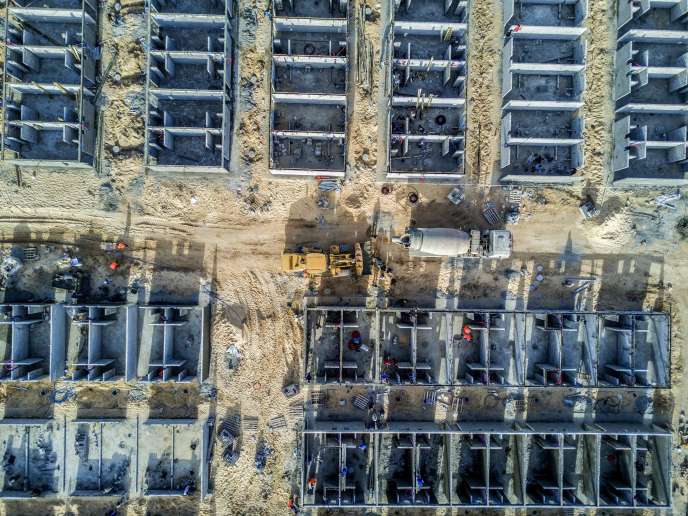
A crack in the dyke and the water seeps in without noise. One could thus imagine the incommensurate health catastrophe that is brewing in Gaza, and which for the moment remains almost invisible. Only nine cases of SARS CoV-2 contamination had been detected as of March 26, at the Rafah port of entry, on the border between the Palestinian enclave and Egypt. All were promptly confined to a nearby health center. There are no deaths at the moment. But health professionals fear that patients, unidentified for lack of tests, are already circulating inside the territory.
"The question is not whether the epidemic will spread in Gaza, but when? ", says Majdi Dohair, who coordinates emergency measures in the local "health ministry" under Hamas control. Reached by phone, since access is no longer possible for foreigners, he made this bitter observation: “We are not cut off from the world. "
Some hoped that the partial blockade imposed by Israel on the enclave since Hamas took power in 2007 would block the coronavirus. "But no one still believes that Gaza can escape it", summarizes Matthias Schmale, local director of the United Nations Refugee Agency (UNRWA). Schmale fears the first cases of "indigenous" contamination will appear among the 2 million Palestinians who crowd into this cramped 40 km stretch of land: one of the craziest urban densities in the world. "So the epidemic will spread like fire: Gaza will be hell on earth. "

The first two cases intercepted at the border on March 19 – two elderly Muslim preachers returning from Pakistan – were bombed. Since then, traffic has reduced, following measures decreed even earlier by Hamas. Schools were closed on March 6 and border crossings reduced on March 12: only commercial goods still pass. On March 22, authorities ordered a partial curfew and the closure of wedding halls, markets and restaurants, followed by the closure of mosques on Thursday March 26. For an economy that has been suffocated for a long time, where more than 60% of the youth are unemployed, this is a death sentence.
2,000 confined people
The Islamist movement hastily set up twenty-one quarantine centers in schools or hotels. It is also building two facilities with 500 places each on the borders with Egypt and Israel. But the capacity is lacking: Thursday, March 26, the authorities admitted that the two infected preachers had infected seven of their guards. Since then, they have tested all those who were able to come into contact with them, within the perimeter of their health center: 160 people, according to Mr. Dohair.




